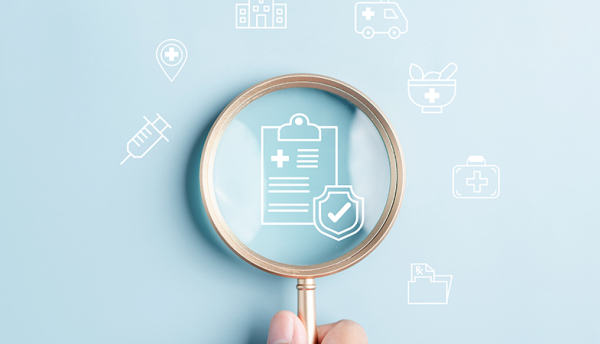Santosh Sahu, CEO and Founder of Charac, The Pharmacy App, dives into the importance of technology in supporting UK pharmacies.

Today, the UK’s NHS system is overburdened and under-resourced. Across all divisions, there are issues of overwhelm and an inability to keep up. As of July 2023, each full-time GP is responsible for an average of 2,305 patients and this number continues to rise. On top of this, many pharmacies are unprofitable, with two closings per week over the past two years. Slowly, changes are being made and funding is being directed into various channels across the sector with the purpose of supporting better delivery of primary care.
One sector that has received a funding injection is pharmacies. The government has announced a £645m funding boost to community pharmacies to help alleviate pressure on the NHS. The funding is part of what has been labelled the ‘Pharmacy First’ scheme.
Unfortunately, in real terms, this investment does little to account for inflation or for the structural weaknesses that have long plagued the pharmacy sector. Pharmacies, more specifically, independent pharmacies, of which there are now 11,000 (the lowest number since 2015) need to onboard technology to ensure they are capable of keeping up with an increasing demand for services.
Why does ‘Pharmacy First’ need PharmaTech to work?
The ‘Pharmacy First’ scheme has already been partially rolled out, first with the introduction of contraceptive medicines now available over the counter. No longer will millions of women have to request GP appointments to receive these types of medications. However, the increased responsibility and burden is yet to fully make itself known in pharmacies across England. Under the scheme, which comes into place on 31 January 2024, patients suffering from certain ailments, e.g., shingles, sore throat, UTI, will be directed first to a pharmacy for treatment instead of a GP. Pharmacists will also be able to prescribe medication for the seven agreed ailments, previously only the remit of GPs and this is expected to place a much greater strain on pharmacy services.
It is my view, which is echoed by many others across the sector, that technology will and should, play a key role in ensuring pharmacies are able to deal with this responsibility.
So, what does PharmaTech help to achieve?
As ‘Pharmacy First’ is introduced early in 2024, independent pharmacies will have greater scrutiny on them to deliver and do so efficiently, however many are still operating on a manual-first basis. With the introduction of technology, such as the platform offered by Charac, pharmacies can utilise an all-in-one online portal that acts as a patient management system, stock management system and marketing platform for their services. The ability to conduct online consultations or respond to patient messages via an app not only reduces additional phone calls to pharmacists from patients asking for updates, but it frees up time for pharmacists to spend more time face-to-face with their patients. With Charac, for example, patients are able to track their prescriptions and receive notifications from beginning to end.
PharmaTech platforms and apps are designed to support in-store operational efficiency and bolster the delivery of patient-focused services. It is quickly becoming clear that technological tools will be critical to keeping many independent pharmacies alive and operational as they take on this shifting burden of responsibility from GPs.
Creating and connecting a HealthTech ecosystem
There are still some hurdles to getting PharmaTech integrated into the broader HealthTech ecosystem, a lack of digitalisation and interoperability between primary care services not only stifles collaboration and innovation across the various healthcare sectors, but it severely impacts patient outcomes.
There has failed to be uniform standardisation for open APIs across the healthcare sector, which has led to different sectors and their accompanying technology becoming extremely divided. Poor interoperability means that end-to-end patient records and delivery of care are fragmented, delayed or even disrupted. We need open APIs across the sector to improve outcomes.
Thankfully, the adoption of technology is on the rise. There has been a real push for HealthTech innovation from the public sector and the NHS Innovation Service, an arm of NHS England, is working to speed up the adoption process of new HealthTech, cutting the average onboarding period from twelve to six years. This is a good start, but it needs to be reduced further. Open API’s are now a focal point of the NHS’s strategy and the NHS App’s ‘mobile-first’ approach is helping patients book appointments, access medical records and order and track prescriptions digitally. The positive news is that the APIs developed for this will remain open and available for integration with other applications.
The requirement for an interconnected healthcare and HealthTech ecosystem exists, however, the ecosystem is not yet fully functioning and this may take some time to realise. The more pharmacies that onboard technology, the more they can support better end-to-end patient care.
What is next for PharmaTech?
Already we are seeing PharmaTech’s potential to expand beyond alleviating the burden on healthcare systems, going forward it could have the power to transform how we approach wellness and care delivery. By investing in PharmaTech and championing a culture of innovation and adaptability we will pave the way for a healthcare system that is ultimately better equipped to serve patient needs.
Click below to share this article

